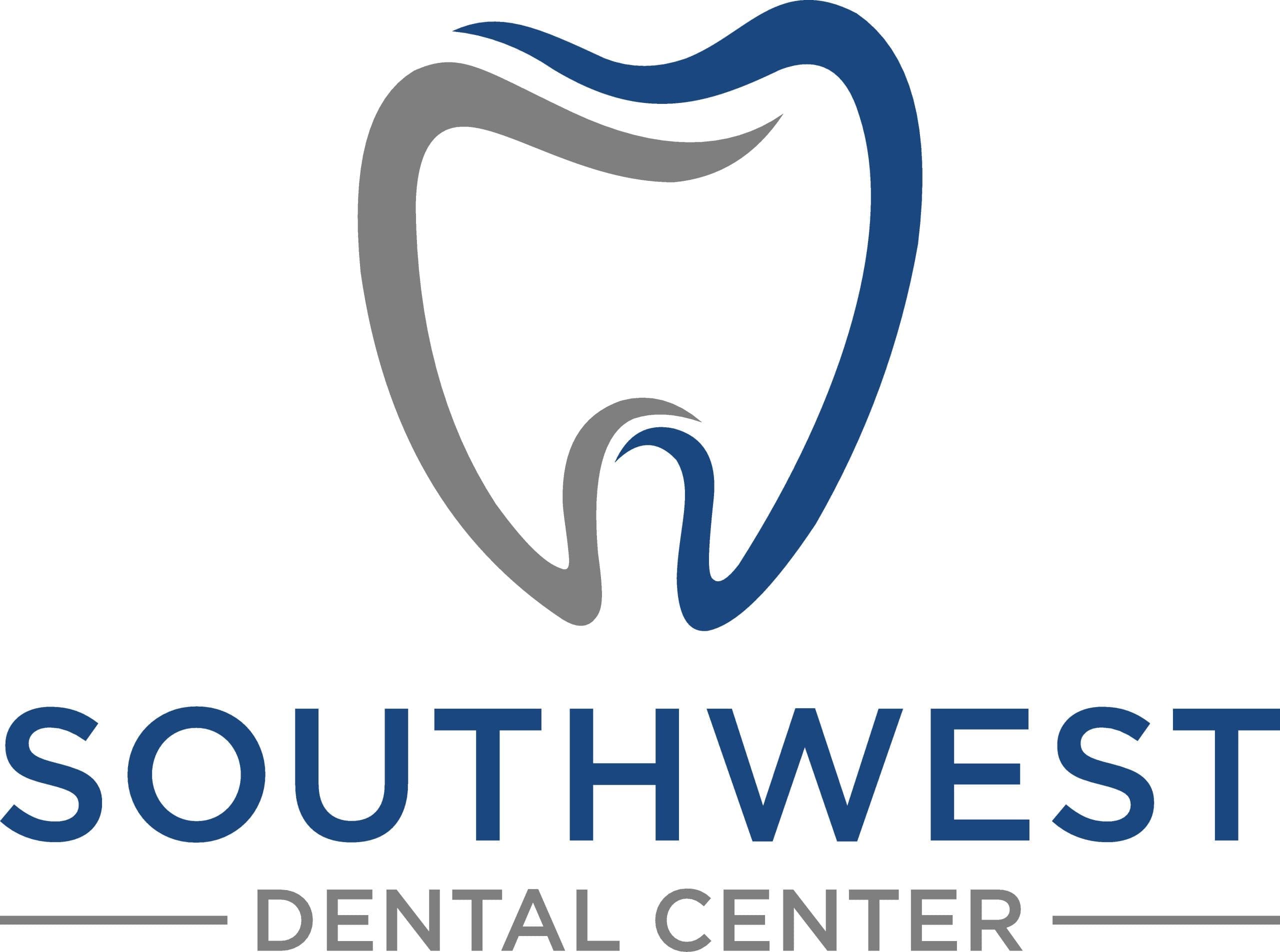What is considered a dental emergency, and how do dental emergency criteria help in identifying one? A dental emergency typically involves sudden pain, bleeding, or trauma that affects your oral health and requires immediate attention. Understanding the criteria can help distinguish between urgent needs and regular dental issues.
Dental Emergency Criteria: Signs of a Dental Infection
Recognizing the signs of a dental infection is crucial for determining if you are facing a dental emergency. Common indicators include severe toothache, persistent bad taste in the mouth, fever, swelling in the gums or face, and increased sensitivity to hot and cold temperatures. These symptoms suggest an underlying issue that could potentially escalate without prompt treatment. It’s important to understand that a dental infection can spread, leading to more serious health complications, thus meeting the dental emergency criteria.
If you notice any of these symptoms, it’s essential to seek immediate dental care to prevent the infection from worsening. Timely intervention not only alleviates pain but also significantly reduces the risk of developing severe complications. For more detailed guidance on handling such situations, visit What To Do In A Dental Emergency? which provides comprehensive steps to manage dental emergencies effectively.
Impact of Losing a Tooth
Losing a tooth can significantly affect an individual’s oral health and overall well-being. When a tooth is lost, it not only impacts the aesthetics of one’s smile but also has functional consequences. The gap left by the missing tooth can lead to the shifting of adjacent teeth, altering the alignment of the bite. This misalignment can cause difficulties in chewing and speaking, and may also increase the risk of decay in surrounding teeth due to harder-to-clean spaces.
Furthermore, tooth loss can lead to bone loss in the jaw where the tooth once was. This occurs because the bone that supports the teeth needs the stimulation it gets when teeth connect to maintain its form and density. Without this stimulation, the bone begins to deteriorate, potentially leading to further dental complications over time. For those experiencing such dental emergencies, seeking immediate care is crucial. Learn more about how to handle such situations by visiting Fort Wayne Emergency Dental Care.
Persistent Toothache and Its Implications
A persistent toothache can be a significant indicator under dental emergency criteria, signaling issues that may require attention. Such discomfort often arises without warning and varies in intensity. While the causes can be diverse, the commonality lies in the urgent need for assessment to understand the underlying issues. Recognizing when a toothache shifts from occasional to persistent is crucial in determining the severity of the situation. This distinction is essential in identifying potential emergencies in dental health.
Uncontrolled Bleeding in the Mouth
Uncontrolled bleeding in the mouth is a significant indicator under dental emergency criteria that requires immediate attention. Such bleeding can occur from various causes, ranging from traumatic injury to the onset of severe dental conditions. It’s crucial to understand that persistent or excessive bleeding signifies a need for urgent care to address potential underlying issues effectively. If you’re experiencing this type of dental emergency, it’s important to seek professional evaluation promptly. For those in the area, Southwest Dental Center Family & Cosmetic Dentistry is known for handling such emergencies. Visit your local Fort Wayne Dentist for more information.
Swelling: When It’s a Concern
Swelling in any part of the mouth or facial area can be a sign that meets the dental emergency criteria. Generally, swelling can indicate an underlying issue that may require attention to prevent further complications. In the context of dental health, significant or sudden swelling should be noted as a potential concern. Understanding when swelling is serious helps in identifying what situations are considered a dental emergency.
Injuries Involving Broken Teeth
When it comes to identifying a dental emergency, injuries involving broken teeth are a primary concern. Such incidents not only cause severe pain but can also lead to further complications if not addressed promptly. Under the dental emergency criteria, any breakage that exposes the nerves or significantly alters the structure of the tooth should be treated immediately. This is crucial to prevent infection, further damage, or loss of the tooth. Whether it’s a minor chip or a major fracture, consulting with a dental professional as soon as possible is essential to manage the injury effectively and restore dental health.
Loose Teeth: Causes and Concerns
When an adult experiences a loose tooth, it’s important to understand the potential causes and concerns associated with this condition. Loose teeth can result from several factors including gum disease, trauma to the mouth, or even osteoporosis. Recognizing these signs early is crucial as they often meet the dental emergency criteria, necessitating immediate attention from a dental professional. Ignoring such symptoms can lead to further complications such as tooth loss, infection, or other serious oral health issues. If you notice any looseness in your teeth, it’s advisable to consult your dentist right away to prevent any long-term damage.
Severe Pain After Dental Work
Experiencing severe pain after undergoing dental procedures can be alarming and may fall under dental emergency criteria. It’s crucial to differentiate between normal discomfort, which can be typical following dental work, and intense, persistent pain that worsens over time. This type of severe pain could indicate complications such as infections, nerve damage, or issues with the healing process. If you encounter such symptoms, it’s advisable to contact your dentist immediately for an assessment. Timely intervention can prevent further complications and ensure proper healing, aligning with essential dental emergency criteria.
Jaw Pain and Alignment Issues
When it comes to identifying dental emergency criteria, jaw pain and alignment issues should never be overlooked. These symptoms can indicate serious underlying problems that require immediate attention from a dental professional. Jaw pain, for instance, might be a sign of temporomandibular joint disorder (TMJ), infection, or even heart conditions, while misalignment can lead to severe bite problems and further oral health complications. If you experience persistent or severe discomfort in your jaw, or notice sudden changes in how your teeth align, consider it a dental emergency and seek professional advice promptly to prevent more serious issues.
Conclusion
Understanding Dental Emergency Criteria is crucial; if you’re unsure, call us at 260-444-5728 or read our reviews on Google Maps.

